Welcome to Aqua Venture World
Your Ultimate Guide to Water Park Adventures and Aquatic Experiences
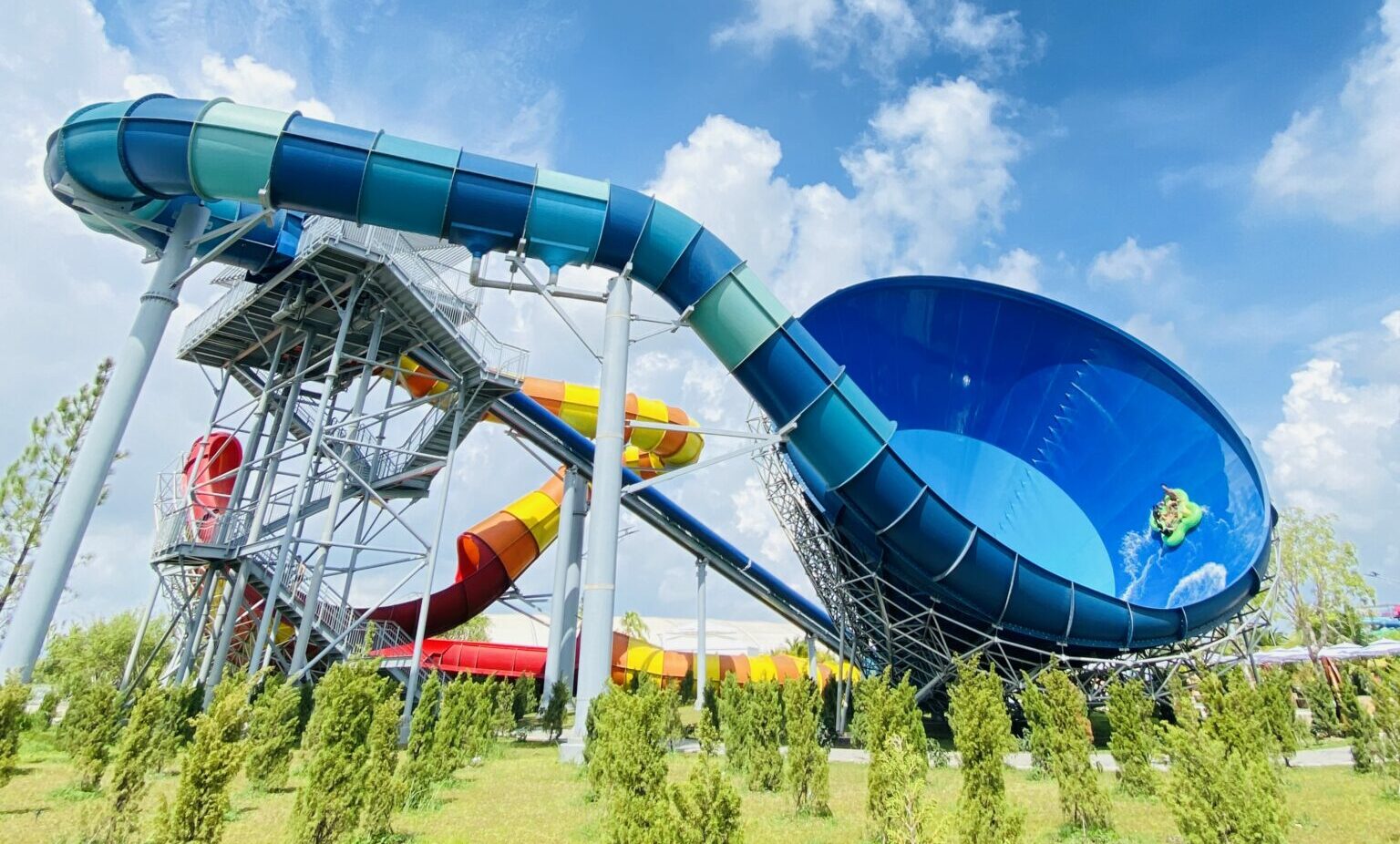
Understanding Water Parks
Water parks are immersive recreational environments that revolve around aquatic attractions, combining excitement, relaxation, and innovation into one dynamic experience. These facilities feature water play areas such as high-speed slides, splash zones, wave pools, and lazy rivers all tailored to deliver fun filled moments for visitors of all ages. But water parks are more than just entertainment hubs they are also engineering feats, historical evolutions, and cultural touchpoints.
The origins of water parks trace back to the early 1940s, when public swimming pools and bathing resorts began adding playful elements such as slides and fountains. These early attractions laid the foundation for what would become a global phenomenon. In the 1970s and 1980s, the concept exploded in popularity across North America and Europe, with the first true water parks introducing complex slide structures, wave-generating machines, and interactive features. Since then, the industry has grown to include indoor parks, themed environments, and record breaking rides that rival amusement parks in scale and investment.
Attractions for Every Generation: A major strength of modern water parks is their inclusivity. Whether you're a thrill-seeker or someone who just wants to float peacefully, there's something for everyone.
Water Parks and Tourism: In destinations like Dubai, Singapore, and Orlando, water parks are vital components of the tourism economy. They often collaborate with hotels and resorts to create all-inclusive vacation experiences.
Operating a water park involves meticulous adherence to safety protocols. Lifeguards are certified, rides are routinely inspected, and water quality is constantly monitored.
Types of Water Parks

Outdoor Water Parks
Outdoor water parks are the most common type, featuring extensive facilities under the open sky. These parks typically operate seasonally and can accommodate thousands of visitors simultaneously. They often include large wave pools, multiple slide complexes, children's play areas, and expansive sunbathing areas. The open-air design allows for natural lighting and fresh air circulation, creating an authentic summer experience.
- Seasonal operation (typically May through September)
- Large capacity (5,000-15,000 visitors per day)
- Natural lighting and ventilation
- Extensive landscaping and themed areas
- Multiple dining and retail locations
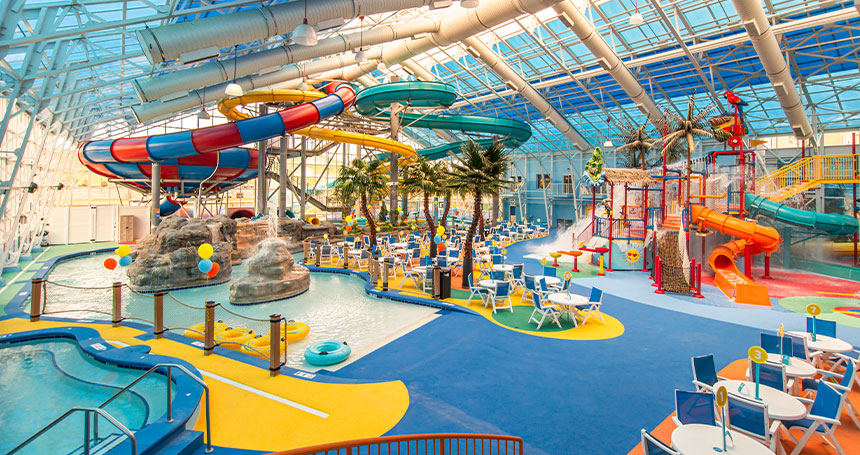
Indoor Water Parks
Indoor water parks provide year-round aquatic entertainment in climate-controlled environments. These facilities feature retractable roofs, sophisticated HVAC systems, and artificial lighting that creates a tropical atmosphere regardless of external weather conditions. Indoor parks often incorporate themed decorations, artificial beaches, and specialized sound systems to enhance the immersive experience.
- Year-round operation regardless of weather
- Climate-controlled environment (25-27°C)
- Sophisticated lighting and sound systems
- Themed decorations and artificial landscaping
- Hotel integration for extended stays
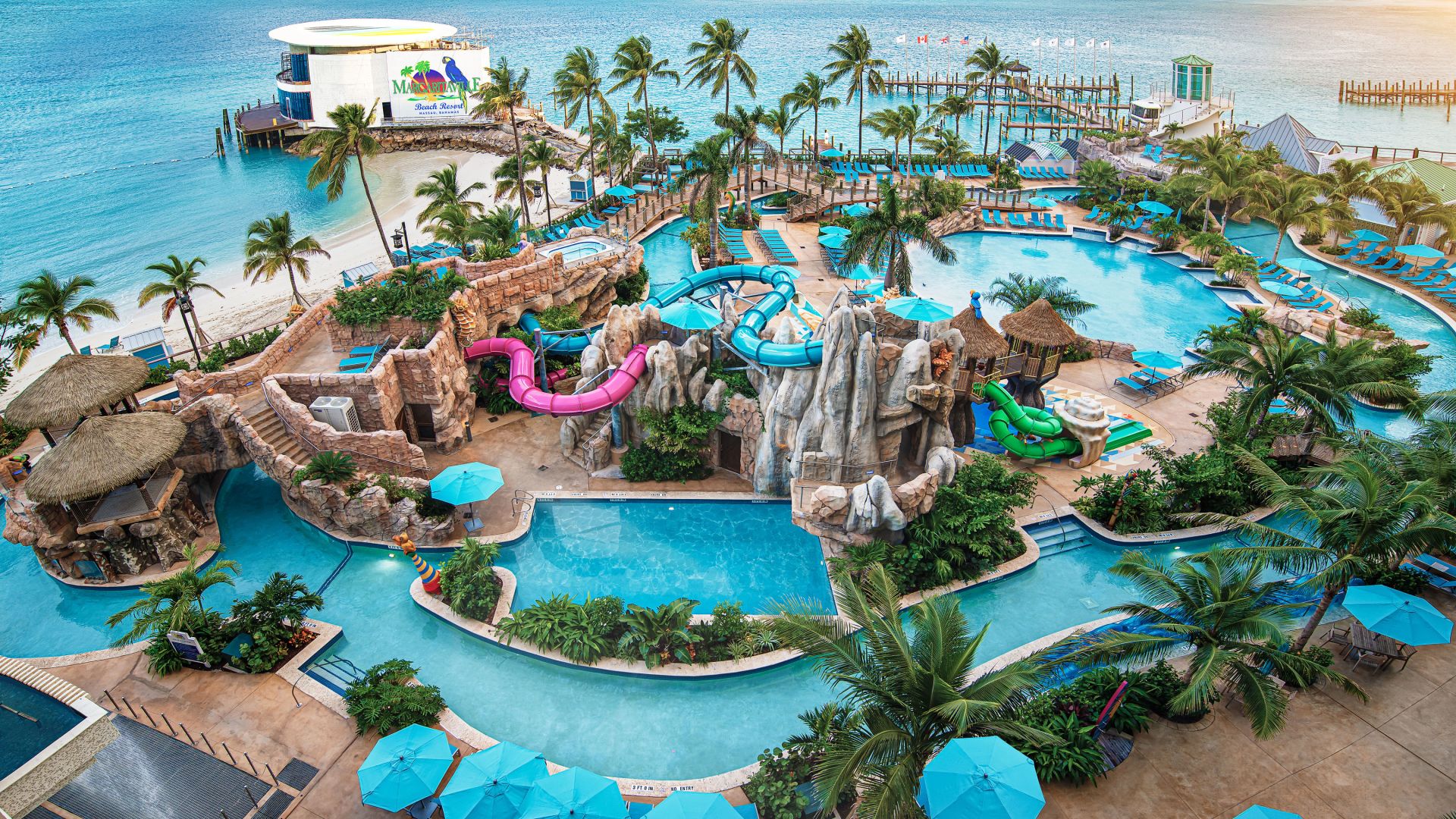
Resort Water Parks
Resort water parks are integrated into larger hospitality complexes, offering guests convenient access to aquatic entertainment without leaving the property. These facilities often feature luxury amenities, premium dining options, and exclusive areas for resort guests. The integration allows for extended stays and comprehensive vacation packages that include accommodation, meals, and unlimited water park access.
- Integrated with hotel accommodations
- Exclusive areas for resort guests
- Premium dining and spa services
- Extended operating hours for guests
- Comprehensive vacation packages
Unique Pool Experiences
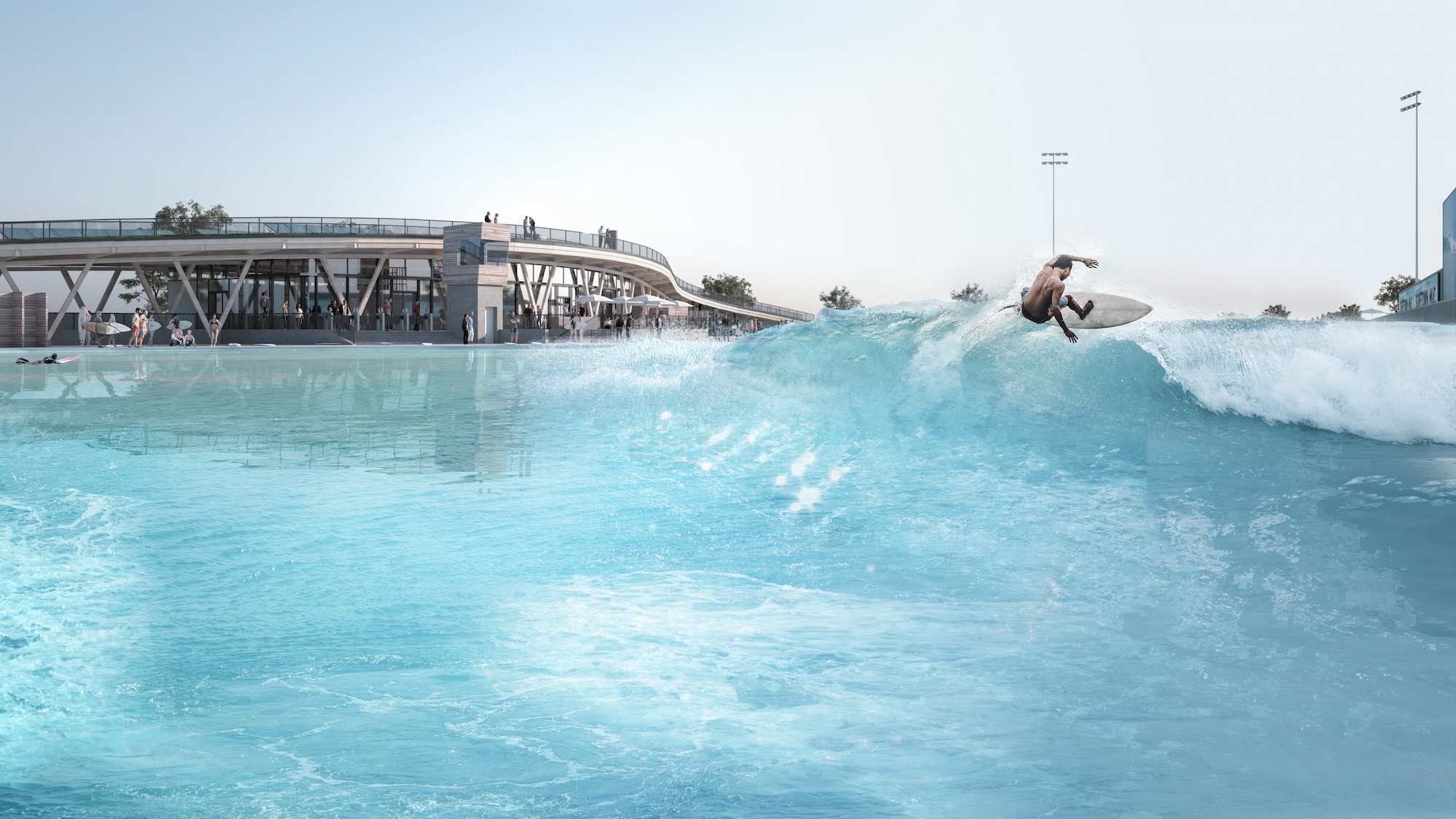
Wave Pools
Wave pools are engineered aquatic environments that artificially generate waves, simulating ocean conditions in a controlled setting. These pools use sophisticated pneumatic or hydraulic systems to create waves ranging from gentle ripples suitable for children to powerful surf-like conditions challenging enough for experienced swimmers. Wave pools typically operate on timed cycles, alternating between active wave generation and calm periods for safer entry and exit.
Modern wave pools can generate waves up to 1,8 meter in height and feature graduated depth from shallow beach entries to deep-water areas exceeding 8 feet. The wave generation systems are computer-controlled, allowing operators to adjust wave height, frequency, and pattern based on crowd conditions and safety requirements. Many wave pools incorporate artificial beaches with imported sand and tropical landscaping to enhance the oceanic atmosphere.
Pool Size: 75000-378000 liters
Cycle Time: 10-15 minutes active, 5-10 minutes calm
Capacity: 500-2,000 swimmers

Lazy Rivers
Lazy rivers provide a relaxing aquatic experience featuring slow-moving water that gently carries riders along a predetermined course. These artificial waterways typically form complete circuits around portions of the water park, allowing riders to float continuously or exit at various points. Lazy rivers are designed with minimal depth (typically 3-4 feet) and gentle currents (1-2 mph) to ensure safety for all ages.
The engineering behind lazy rivers involves strategically placed pumps and jets that create consistent water flow while maintaining comfortable temperature and chemical balance. Many lazy rivers feature themed landscapes, bridges, waterfalls, and shaded areas to enhance the experience. These attractions serve as both transportation between different park areas and relaxation zones for guests seeking respite from more intense activities.
Average Depth: 0,9-1,2 meter
Circuit Length: 300-900 meter
Ride Duration: 15-30 minutes per lap
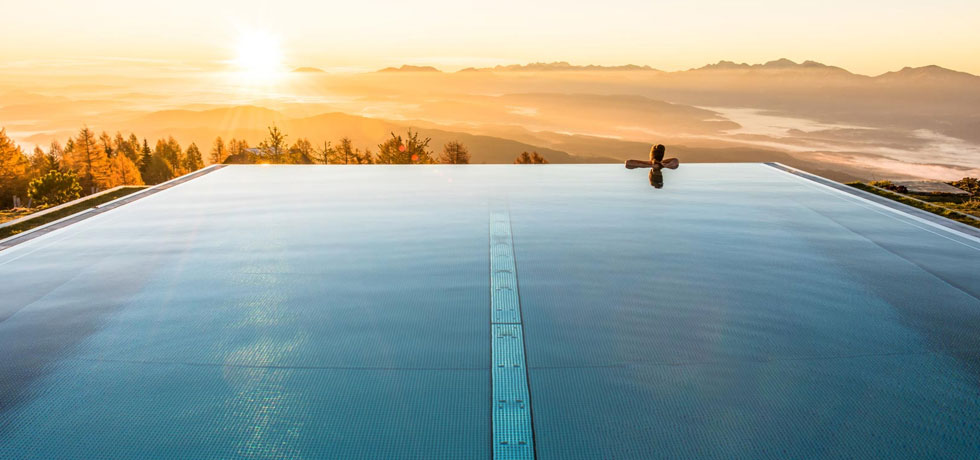
Infinity Pools
Infinity pools create the visual illusion of water extending to the horizon through carefully engineered overflow systems. These pools feature one or more edges where water flows over into hidden catch basins, creating a seamless transition between the pool and surrounding landscape. In water parks, infinity pools are often elevated to provide panoramic views of the facility and surrounding area.
The construction of infinity pools requires precise engineering to maintain proper water levels and circulation. Advanced filtration systems process both the main pool water and overflow water to maintain crystal-clear conditions. Many infinity pools incorporate LED lighting systems that create spectacular visual effects during evening hours, transforming the pool into a luminous focal point.
Filtration Cycle: Every 6-8 hours
Lighting: LED color-changing systems
Viewing Distance: Up to 8 kilometers
Water Park Services & Amenities
Safety & Lifeguarding
Professional water park safety services encompass comprehensive lifeguard coverage, emergency response protocols, and preventive safety measures. Certified lifeguards undergo extensive training in water rescue techniques, CPR, and first aid. Modern water parks employ advanced surveillance systems, including underwater cameras and automated drowning detection technology.
- Certified lifeguard supervision at all attractions
- Emergency response teams with medical training
- Regular safety equipment inspections and maintenance
- Comprehensive incident reporting and analysis
- Visitor safety education and orientation programs
Food & Beverage
Water park dining services range from quick-service snack bars to full-service restaurants offering diverse culinary options. Food service operations must meet stringent health and safety standards while providing convenient dining experiences for guests spending entire days at the facility. Many parks offer healthy options alongside traditional theme park fare.
- Multiple dining locations throughout the park
- Healthy meal options and dietary accommodations
- Poolside service and floating food vendors
- Hydration stations and complimentary water access
- Birthday party and group dining packages
Retail & Merchandise
Water park retail operations provide essential items and memorable souvenirs for guests. These services include swimwear, sunscreen, towels, and safety equipment alongside branded merchandise and vacation mementos. Many parks offer rental services for items like lockers, cabanas, and flotation devices.
- Swimwear and beach accessory sales
- Sunscreen and personal care products
- Branded merchandise and souvenirs
- Locker and cabana rental services
- Photography services and photo packages
Water Park Visiting Rules & Regulations
General Safety Guidelines
Water park safety rules are designed to protect all guests and ensure enjoyable experiences for everyone. These regulations are enforced consistently and violations may result in removal from the facility. All visitors must acknowledge and agree to follow these rules upon entry.
Mandatory Requirements:
- All guests must shower before entering pool areas
- Appropriate swimwear is required in all water attractions
- Children under 12 must be accompanied by an adult
- Non-swimmers must remain in designated shallow areas
- Glass containers and outside food/beverages prohibited
- Alcohol consumption is restricted to designated areas
Safety Restrictions:
- No running on wet surfaces or pool decks
- Diving is prohibited except in designated deep areas
- Height and age restrictions apply to certain attractions
- Pregnant women should avoid certain high-impact rides
- Guests with medical conditions must consult staff
- Emergency exits must remain clear at all times
Attraction-Specific Rules
Each water park attraction has specific safety requirements based on its design and operation. These rules are posted at each attraction entrance and enforced by trained staff members. Guests must meet all requirements before participating in any activity.
Water Slide Requirements:
- Minimum height requirements (typically 105-120 centimeters)
- Maximum weight limits (usually 110-135 kilograms)
- Proper sliding position (feet first, lying down)
- No jewelry, glasses, or loose items
- Wait for clearance signal before sliding
Pool Area Guidelines:
- No rough play or aggressive behavior
- Respect other guests' space and belongings
- Follow lifeguard instructions immediately
- No underwater breath-holding contests
- Report any unsafe conditions to staff
Water Park Industry Statistics
Water parks attract approximately 85 million visitors annually across the globe, making them one of the most popular entertainment destinations for families and thrill-seekers.
Over 1,200 water parks operate worldwide, with the highest concentrations in North America, Europe, and Asia-Pacific regions.
Typical water park visits last 4.2 hours, with families spending the most time and solo visitors averaging shorter stays.
Visitor Demographics & Trends
Age Distribution
- Children (5-12): 35% of visitors
- Teenagers (13-17): 20% of visitors
- Adults (18-34): 25% of visitors
- Adults (35-54): 15% of visitors
- Seniors (55+): 5% of visitors
Seasonal Patterns
- Summer months: 65% of annual attendance
- Spring/Fall: 25% of annual attendance
- Winter (indoor parks): 10% of annual attendance
- Peak day: July 4th weekend
- Slowest period: January-February
Safety Statistics
- Injury rate: 0.3 per 1,000 visitors
- Most common injuries: Minor cuts and bruises
- Lifeguard response time: Average 15 seconds
- Emergency incidents: 1 per 10,000 visitors
- Safety satisfaction: 98% of visitors
Fascinating Water Park Facts
World's Largest Wave Pool
The world's largest wave pool covers 546000 meter/sq and can generate waves up to 2,7 meter high. It requires 9,5 millions liters of water and uses 16 powerful wave generators to create realistic ocean conditions.
Fastest Water Slide
The fastest water slide in the world reaches speeds of 105 kph and features a 51-meter drop. Riders experience brief moments of weightlessness during the descent.
Water Usage
A typical water park uses between 1,135 to 3,785 million liters of water daily. Advanced recycling systems filter and reuse 95% of this water continuously.
Slide Construction
Modern water slides can take 6-18 months to construct and require over 10,000 individual components. Each slide is tested with water dummies before opening to guests.
Temperature Control
Indoor water parks maintain air temperature 2-4 degrees higher than water temperature to prevent hypothermia and ensure guest comfort throughout their visit.
Water Quality
Water park filtration systems process the entire pool volume every 6-8 hours. Chemical levels are monitored every 30 minutes to maintain optimal safety and clarity.


